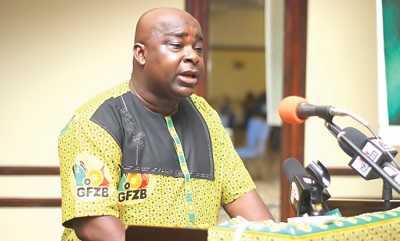
About 2,334 acres of lands have been earmarked as free zones enclave in the Shama district of the Western Region pending development.
Out of the figure, about 730 acres are bio-diversified areas consisting of wetlands of mangrove trees, marshes and others, which are sources of community livelihood and carbon sink.
In Ahanta West and Jomoro alone, about 3,021-hectares of land area representing 29 per cent of existing natural areas have so far been cleared by companies working along the value chain of hydrocarbon including estate developers.
Francis Adarkwah, the founder of Vision World Network (VWN), a non profit organisation who revealed to the Ghanaian Times in a telephone interview yesterday said the findings came out during a collaborative study by VWN and the Western Regional Coastal Foundation.
The study, he noted, was funded by the Business Sector Advocacy Challenge (BUSAC) fund.
According to Mr Adarkwah, “the activities of the companies if not checked and controlled will have adverse effect on climatic conditions which also discovered water resources such as prickles, crabs and other freshwater fishes including crustacean species are declining, the situation is worsening climate change effect and affecting livelihoods.
“These practices are affecting areas of rich biodiversity and critical habitats for endangered wildlife and must be stopped since the study further revealed large tracts of areas such as wetlands, bamboo growing spots and sacred groves, could generate income for the country, has been given out for development.
“Wetlands serve as breeding grounds for fishes, prickles and provide volumes of food that attract many animal species which should be maintained for posterity.
“These rich ecosystem services serves as vital function in the environment, provide significant ecological and socio-economic values and functions for communities along the coast as carbon sink to mitigate climate change effect.
“Per the research, within the last eight years, an estimated 27,000 acres of land full of different species of trees, bamboos which provided livelihoods, served as carbon sink including modification of micro-climate has been lost to oil-related infrastructure development.
“There is the need for enforcement of Land Use and Spatial Planning Act 2016 to drive land use decision across the six coastal districts of the Western region in the context of oil find, to avoid any emerging confusion between communities and developers.
BY RAISSA SAMBOU







